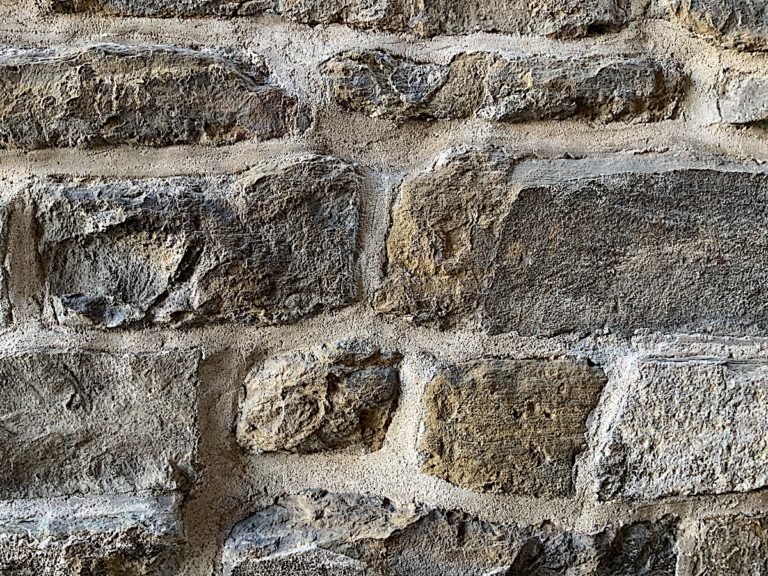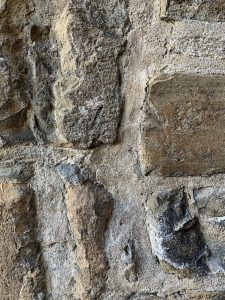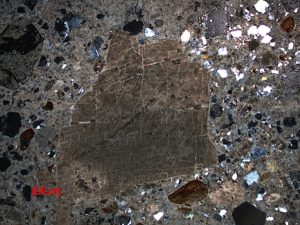
Name
Mortar
Classification
Mortar
The mortars are an artificial product obtained since ancient times using natural materials. Different types of binders can be obtained trough a baking process of a carbonatic rock or a carbonatic rock plus a natural, or not, hydraulic products or a chalk stone. The binders, when mixed with aggregate and water, undergo hardening. The oldest mortars date back to 12.000 years B.C. and were used for the construction of floors in Palestine and Turkey; over the centuries the use was extensive by the Egyptians, Greeks, Etruscans, Romans. The latter introduced the mortar into the architecture around the end of the III century B.C.; then, their use was increasingly frequent. Starting from the XIV century, during the Humanistic period, this material was widely used, mainly influencing the architecture of the Renaissance. The use continued in the following centuries with the realization of artificial stones. and the use, also in Firenze, of cements.
The composition of a mortar is variable depending on the composition of binder and aggregate used in its preparation. The binder types can be distinguished according to their composition: air hardening lime, magnesian lime, gypsum binder, binder of air hardening lime and pozzolanic materials, binder of natural hydraulic lime, binder of hydraulic lime, modern cements, organic binders and clay binders. The composition of the aggregate can be different on the basis of the supply areas (silicatic, carbonatic, chalky, etc.); mortars containing sand (river, quarry, shoreline) and/or with crushed rocks, with natural or artificial pozzolanic materials or fragments of other mortars can be distinguished.
Macroscopic description
The macroscopic aspect of mortars is different depending on the type of mortar, manufacturing techniques and its use.
Microscopic description
The microscopic aspect of mortars is different depending on the type of mortar, manufacturing techniques and its use. Microscopically the mortars are characterized by binder and aggregate of different composition, consisting of fragments of minerals and rocks and/or artificial material; the porosity and the presence of fissures and lumps determine also the microscopi aspect.

